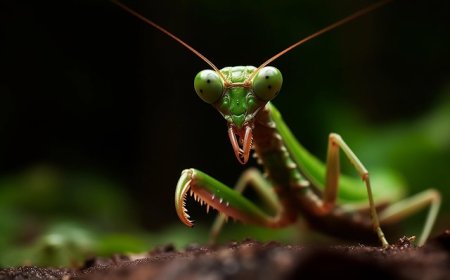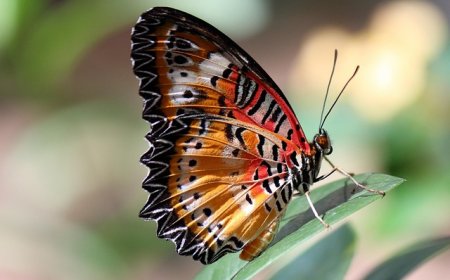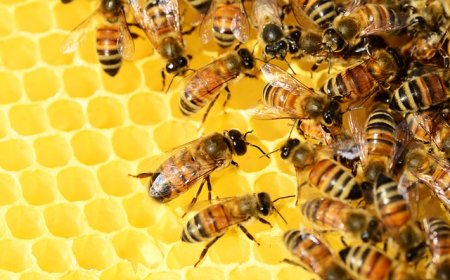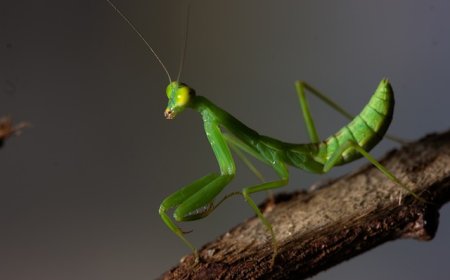Cicadas for Kids: Fun Facts, Life Cycle, and Singing Insects
Explore the world of cicadas in this kid-friendly guide. Learn about their life cycle, amazing sounds, and why they are important to nature.
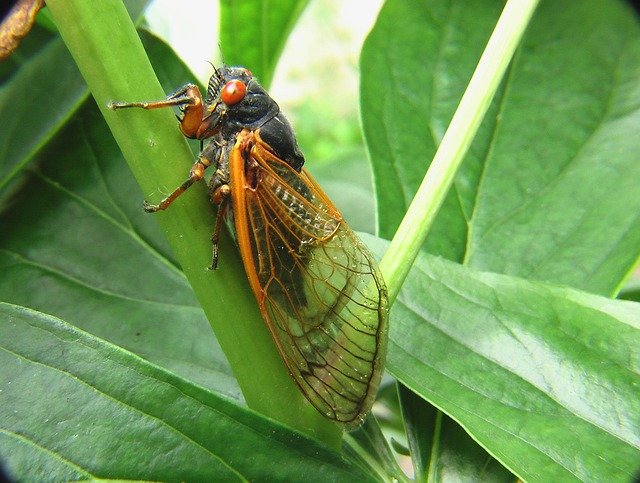
🎵🪰 Cicadas: The Singers of Summer
🌼 Introduction
Cicadas are insects famous for their loud buzzing songs that fill the air during hot summer days. These unique insects spend most of their lives underground as nymphs, only to emerge for a short time to sing, mate, and lay eggs. Some cicada species appear every year, while others, called periodical cicadas, only show up once every 13 or 17 years.
In this article, you’ll learn what cicadas are, where they live, how they grow, and why they are so important to ecosystems.
🧬 Classification and Scientific Background
Cicadas belong to the insect order Hemiptera, which includes true bugs.
Scientific Classification:
- Kingdom: Animalia
- Phylum: Arthropoda
- Class: Insecta
- Order: Hemiptera
- Family: Cicadidae
There are over 3,000 species of cicadas around the world.
🪰 What Do Cicadas Look Like?
Cicadas are large insects with:
- Wide, clear wings held like a tent over their bodies
- Bulging eyes, usually red or black
- Short antennae
- Stout bodies, about 1–2 inches (2.5–5 cm) long
Some species are bigger and brightly colored, while others are brown or green.
🌿 Where Do Cicadas Live?
Cicadas live in warm, temperate, and tropical regions:
- Forests
- Woodlands
- Parks
- Backyards with trees
They are most common in:
- North America
- Australia
- Asia
In the U.S., periodical cicadas emerge in huge numbers called broods.
🐣 The Cicada Life Cycle
Cicadas go through incomplete metamorphosis with three stages:
- Egg
Laid in tree branches by the female. - Nymph
Tiny nymphs drop to the ground, burrow underground, and feed on sap from roots. Some stay underground for 2–5 years, while periodical cicadas remain hidden for 13 or 17 years. - Adult
Nymphs crawl out of the soil, climb a tree, and shed their skin. Adults have wings and only live a few weeks.
🎵 How Do Cicadas Sing?
Only male cicadas sing to attract females.
They use special structures called tymbals, which are ribbed membranes on their abdomen. When muscles pull the tymbals in and out, they make a loud clicking sound. The rapid clicks combine into the buzzing or droning songs we hear.
Some cicadas can make sounds as loud as 100 decibels, as loud as a chainsaw!
🍽️ What Do Cicadas Eat?
Cicadas drink plant sap:
- Nymphs use straw-like mouthparts to suck sap from roots underground.
- Adults suck sap from tree branches.
They don’t chew leaves or cause serious damage to trees.
🛡️ How Do Cicadas Defend Themselves?
Cicadas protect themselves by:
- Emerging in huge numbers to overwhelm predators (called predator satiation).
- Flying away quickly.
- Blending into tree bark with their colors.
🌍 Why Are Cicadas Important?
Cicadas play a key role in ecosystems:
- Aerating soil when they dig tunnels.
- Feeding animals like birds, mammals, reptiles, and fish.
- Returning nutrients to the soil when they die.
Even though they can be noisy, cicadas help keep nature in balance.
✨ Interesting Facts About Cicadas
- Cicadas have the longest life cycle of any insect.
- Periodical cicadas can stay underground for 17 years.
- Some cultures consider cicadas symbols of rebirth and renewal.
- Cicadas don’t bite or sting humans.
- Their empty skins, called exuviae, are often found stuck to trees.
- One tree can have thousands of cicadas singing at the same time.
- Ancient Greeks used cicadas as musical inspiration.
📝 Kid-Friendly Summary
Cicadas are insects that spend most of their lives underground before coming out to sing and lay eggs. The males make loud buzzing sounds with special parts of their bodies called tymbals. Cicadas drink sap from plants and help nature by feeding other animals and putting nutrients into the soil. Even though they look scary, they are harmless to people.
🧠 Vocabulary Words
| Word | Definition |
|---|---|
| Hemiptera | The insect order that includes true bugs like cicadas and aphids. |
| Tymbal | A ribbed part on a cicada’s body used to make sound. |
| Nymph | A young insect that looks like a small adult. |
| Metamorphosis | The process of changing from egg to adult. |
| Predator Satiation | When many insects appear at once to avoid being eaten. |
| Brood | A large group of cicadas that emerge together. |
| Exuviae | The empty skin left after a cicada molts. |
| Sap | Liquid inside plants that cicadas drink. |
| Aerate | To mix air into the soil. |
| Renewal | The process of starting fresh or growing again. |
🎲 Interactive Quiz
Multiple Choice Questions
What do cicadas mainly eat?
A) Leaves
B) Insects
C) Plant sap
D) Seeds
How long can some cicadas stay underground?
A) 1 year
B) 5 years
C) 13–17 years
D) 20 years
What part of a cicada makes sound?
A) Wings
B) Tymbals
C) Antennae
D) Legs
What is the empty skin called after a cicada molts?
A) Chrysalis
B) Brood
C) Exuviae
D) Cocoon
What do male cicadas use their songs for?
A) Scaring predators
B) Finding food
C) Attracting females
D) Digging tunnels
True or False Questions
All cicadas appear every summer.
True / False
Cicadas bite humans.
True / False
Cicadas help aerate the soil.
True / False
Cicadas can be very loud.
True / False
Cicadas are harmful to trees.
True / False


















































